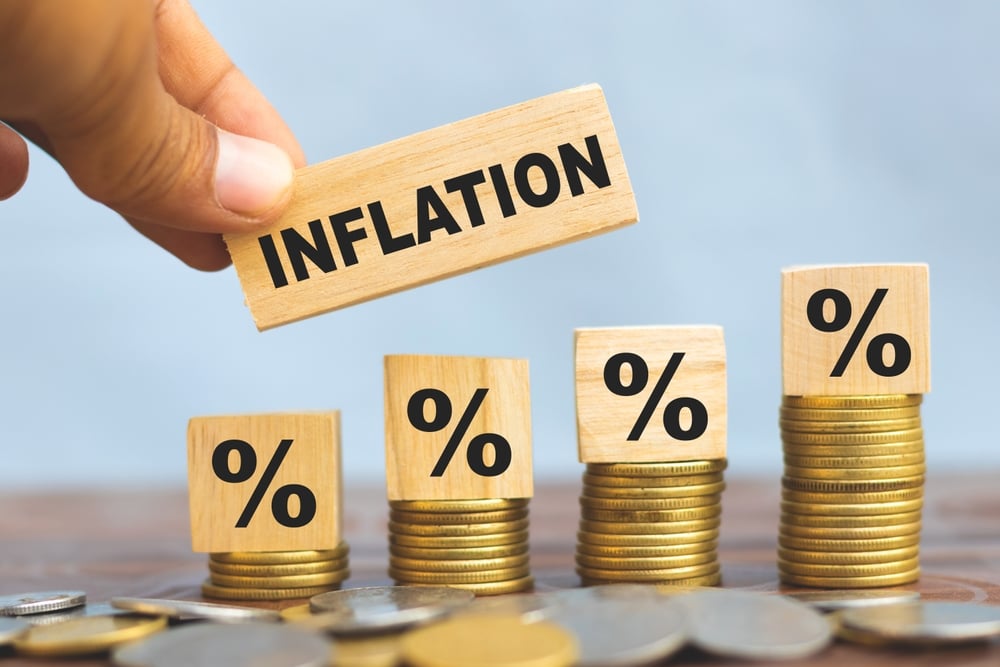Inflation in the U.S. moved closer to the Federal Reserve’s target in August, signaling progress that could pave the way for future interest rate cuts. According to the Commerce Department’s report on Friday, the personal consumption expenditures (PCE) price index, a key inflation gauge for the Fed, rose by 0.1% for the month. This puts the 12-month inflation rate at 2.2%, down from 2.5% in July and marking the lowest rate since February 2021.
Excluding food and energy, the core PCE, which is closely monitored by Fed officials as a better indicator of long-term trends, also rose by 0.1% in August, maintaining a 2.7% increase compared to a year ago. While the overall inflation figure came in lower than Wall Street expectations, the core figure was in line with forecasts, showing continued steady progress.
“All quiet on the inflation front,” said Chris Larkin, managing director of trading and investing at E-Trade from Morgan Stanley. “Add today’s PCE Price Index to the list of economic data landing in a sweet spot. Inflation continues to keep its head down, and while economic growth may be slowing, there’s no indication it’s falling off a cliff.”
Despite the encouraging inflation numbers, other economic indicators such as personal spending and income came in below expectations. Personal income increased by 0.2%, while spending also rose by 0.2%, both lower than the forecasted increases of 0.4% and 0.3%, respectively.
Stock market futures responded positively to the inflation report, while Treasury yields declined. The progress in reducing inflation has been supported by falling goods prices, which decreased by 0.2%, though housing-related costs continue to exert pressure, rising by 0.5% for the month—the largest increase since January.
This latest data comes on the heels of the Federal Reserve’s decision to lower its benchmark overnight borrowing rate by half a percentage point, to a range of 4.75%-5%, a move aimed at balancing inflation control with support for a labor market that has shown signs of softening. The Fed is expected to continue cutting rates into 2025, though financial markets predict a more aggressive pace of reductions.
The August inflation report shows that the Fed’s efforts to tame price pressures are bearing fruit, and as inflation continues to cool, the path for future rate cuts may become clearer in the coming months.





















